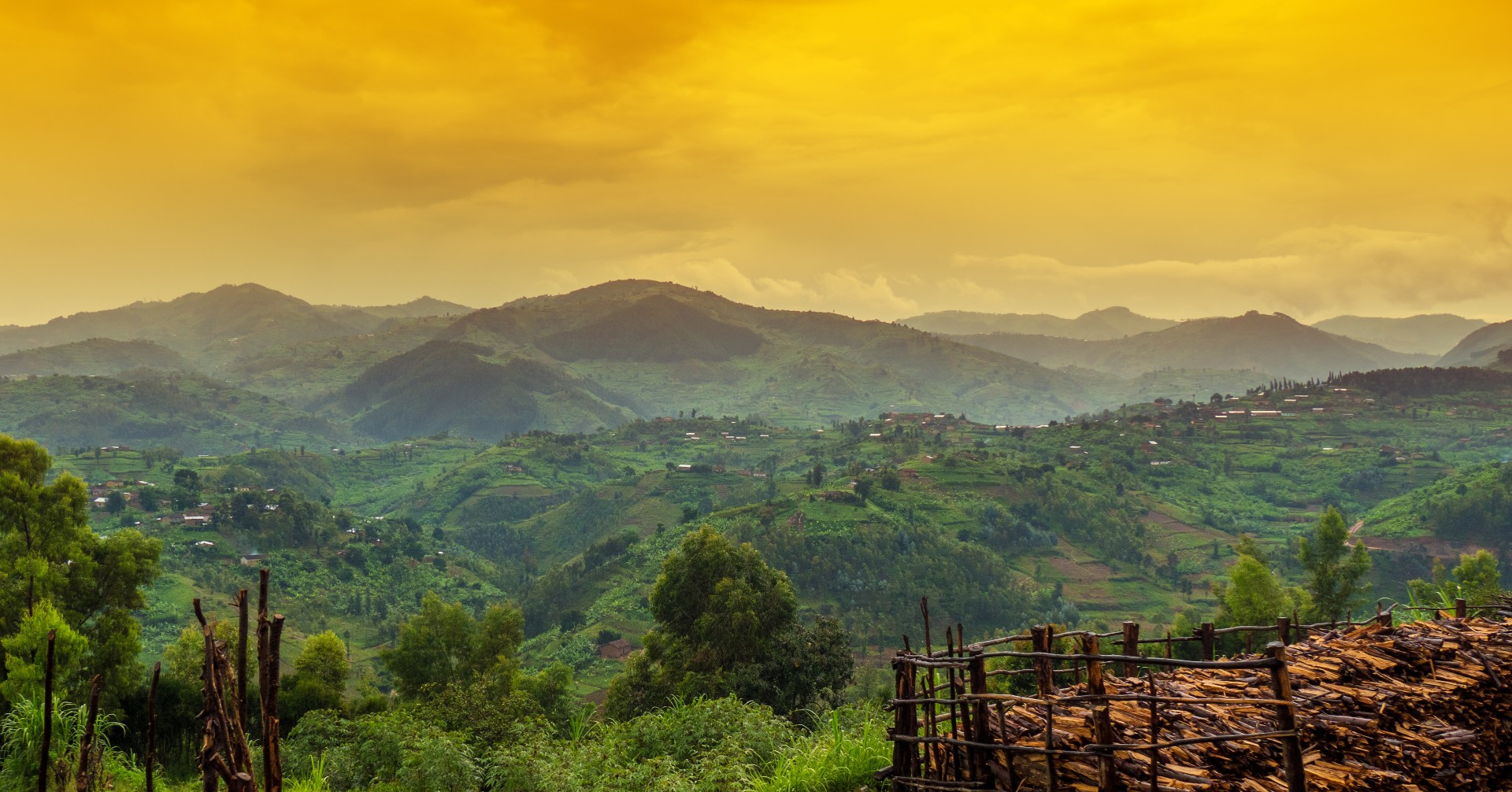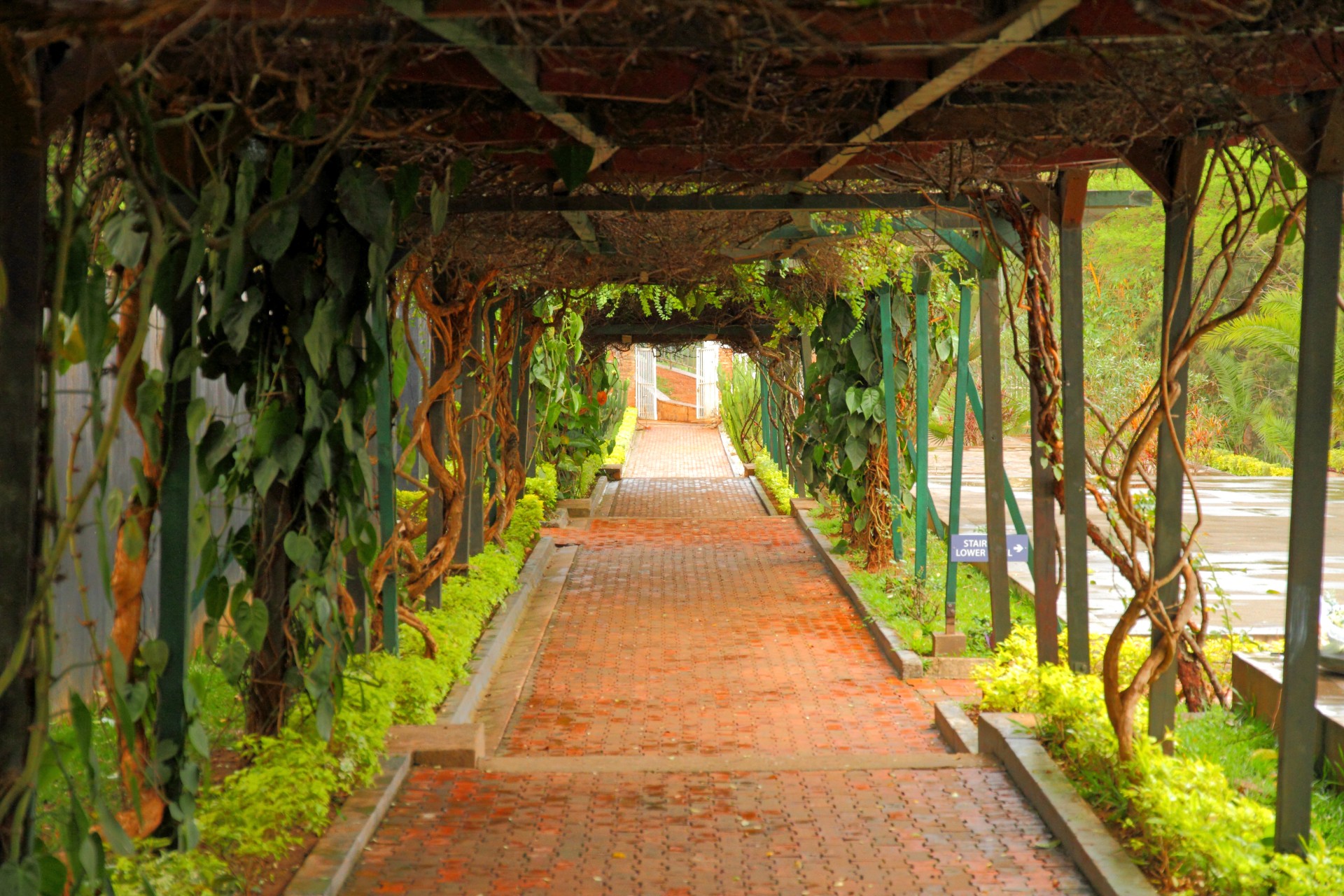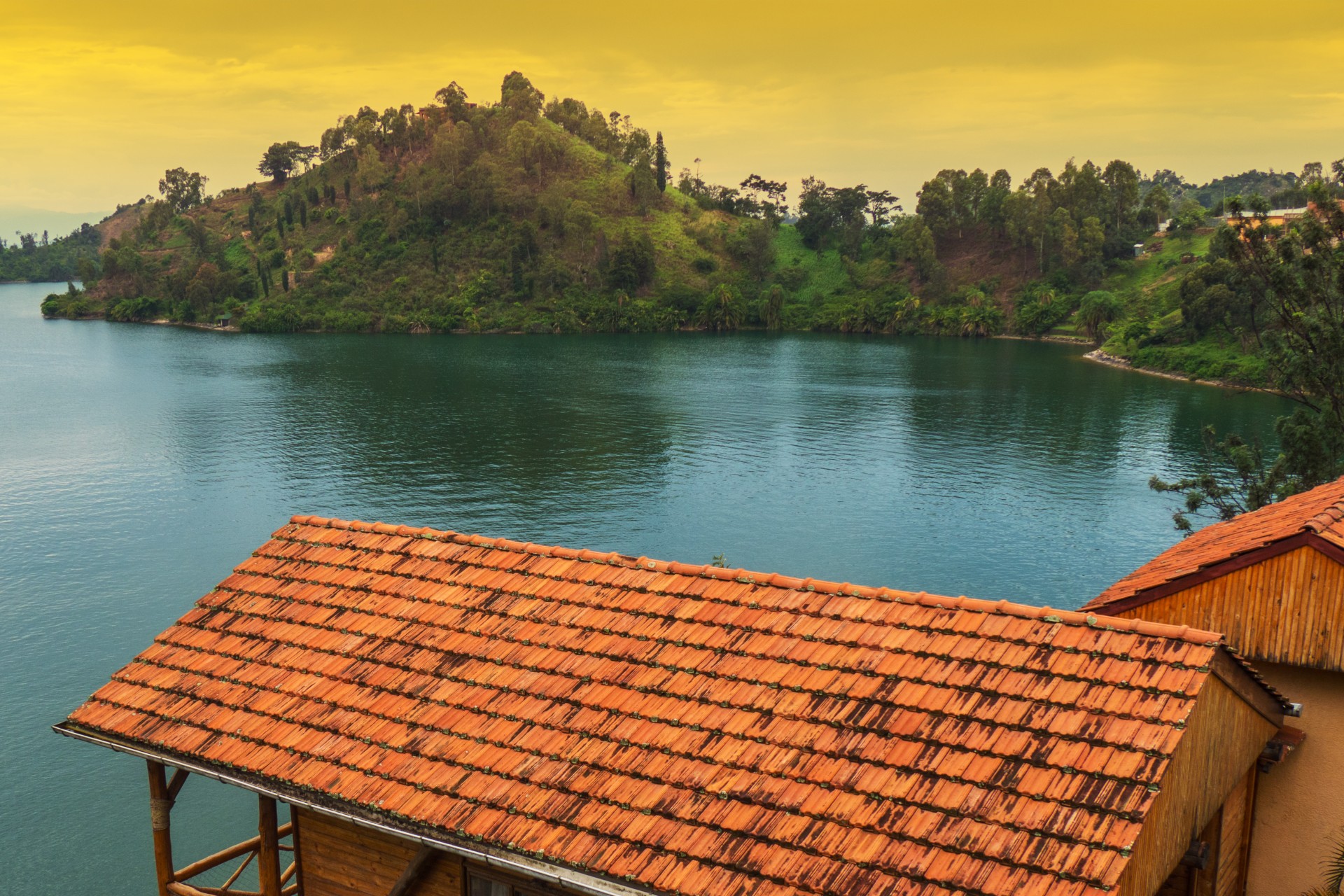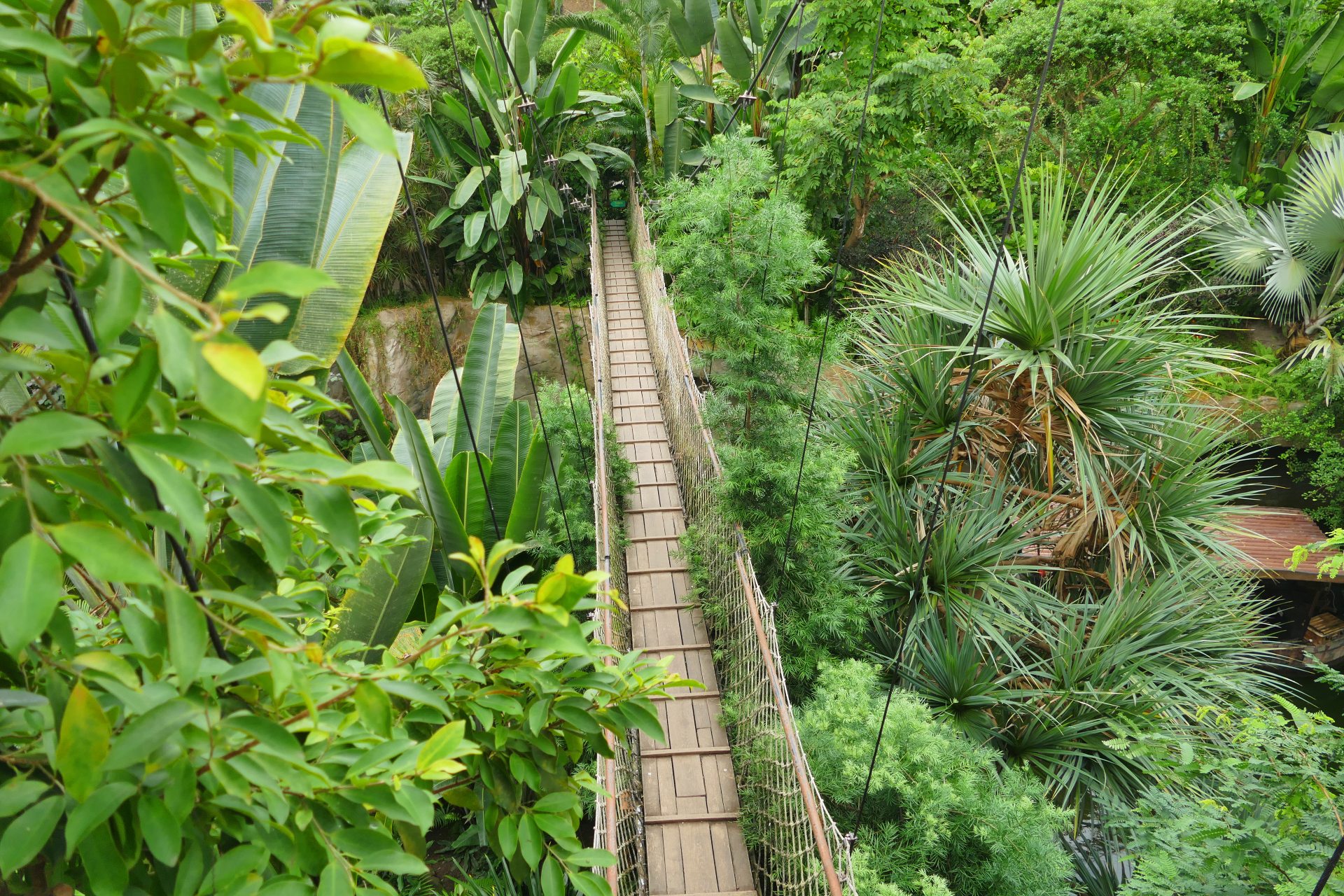Rwanda
- Capital City: Kigali
- Language:English, French
- Currency: Rwandan franc
- Best Time To Travel: June to September
- Country Dialing Code: +250
- Population: 13.28 Million
About Rwanda
- Clothing: In Volcanoes National Park and Nyungwe National Park slightly heavier clothing is useful. A lightweight waterproof jacket may come in handy in the moist mountains. Avoid wearing blue in Akagera National Park, which attracts tse tse flies, and take sensible precautions against mosquitos and other bites. When tracking gorillas, wear sturdier clothing to protect against stinging nettles, and solid walking shoes. Consider bringing gardening or leather gloves as well as gaiters.
- Cuisine: Umutsima (a dish of cassava and corn), isombe (cassava leaves with Eggplant and spinach) and mizuzu (fried plantains) are common dishes. Dinner is the heaviest meal. Between meals, Rwandans often snack on fruits. Tropical fruits such as avocados, bananas, mangos, pineapple, and papaya are abundant in Rwanda.
- Culture: What are the culture of Rwanda? Rwandans share cultural values notably unity, patriotism, social cohesion, resilience, hard work among others, with Kinyarwanda being the common language, spoken in all parts the country.
The largest of the three permanent exhibits at the Kigali Genocide Memorial details the 1994 Genocide against the Tutsi. A monument for children and an exhibition on the global history of genocide brutality are also present.
Lake Kivu is one of the two smallest African Great Lakes, but is the third deepest and sits at the highest altitude. Home to around 28 fish species, half of which are cichlids found only in Lake Kivu.
One of the oldest rainforests in Africa, rich in biodiversity with the mountainous region teaming with wildlife, including a small population of chimpanzees as well as 12 other species of primate, including the L’Hoest’s monkey native to the Albertine Rift.





